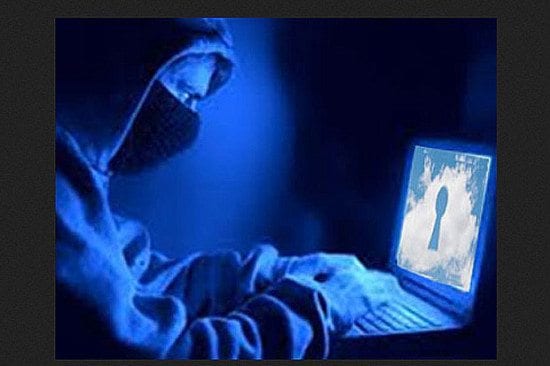Several countries have been targeted by a long-term campaign operated by financially motivated threat actors who used a backdoor and a remote access Trojan (RAT) malicious combo to take control of infected computers. The two malicious payloads dubbed BalkanDoor and BalkanRAT by the ESET researchers who spotted them have been previously detected in the wild by the Croatian CERT in 2017 and, even earlier, by a Serbian security outfit in 2016. However, ESET was the first to make the connection between them, after observing several quite significant overlaps in the entities targeted by their operators, as well as Tactics, Techniques, and Procedures (TTP) similarities.
The opinions expressed in this post belongs to the individual contributors and do not necessarily reflect the views of Information Security Buzz.



